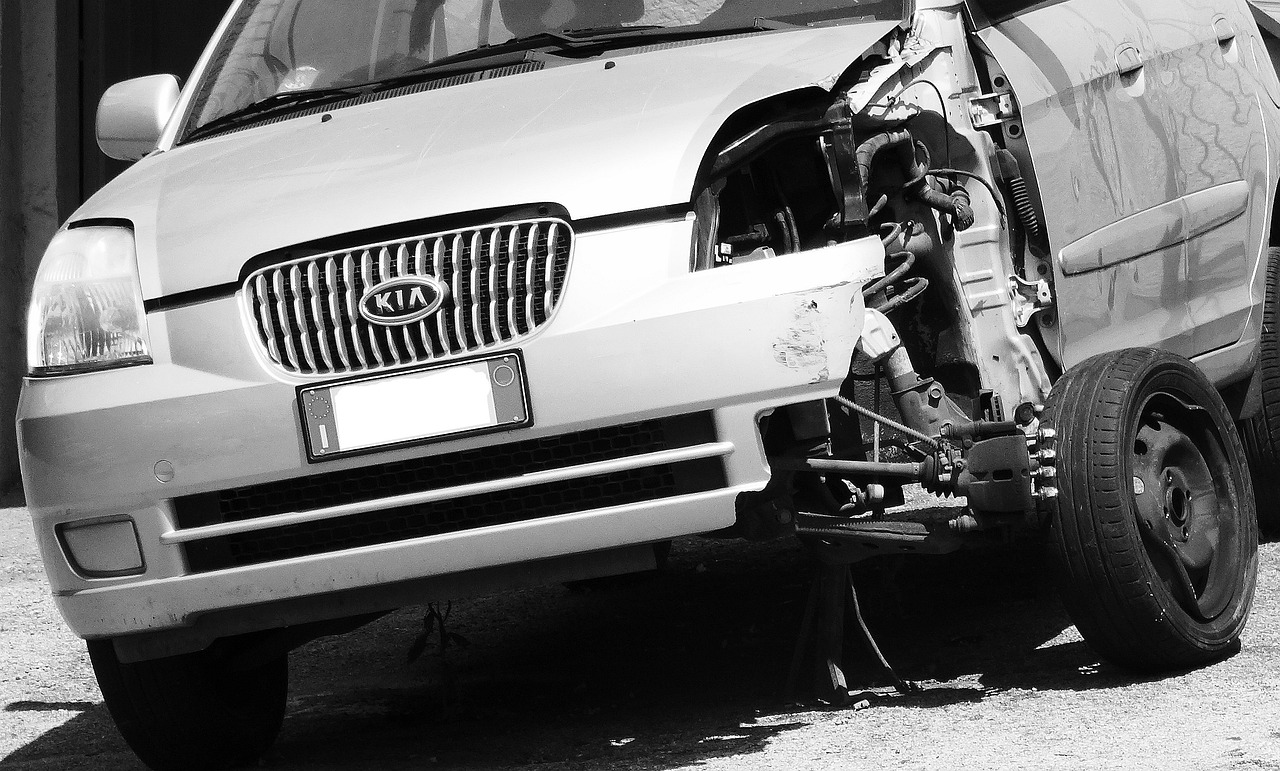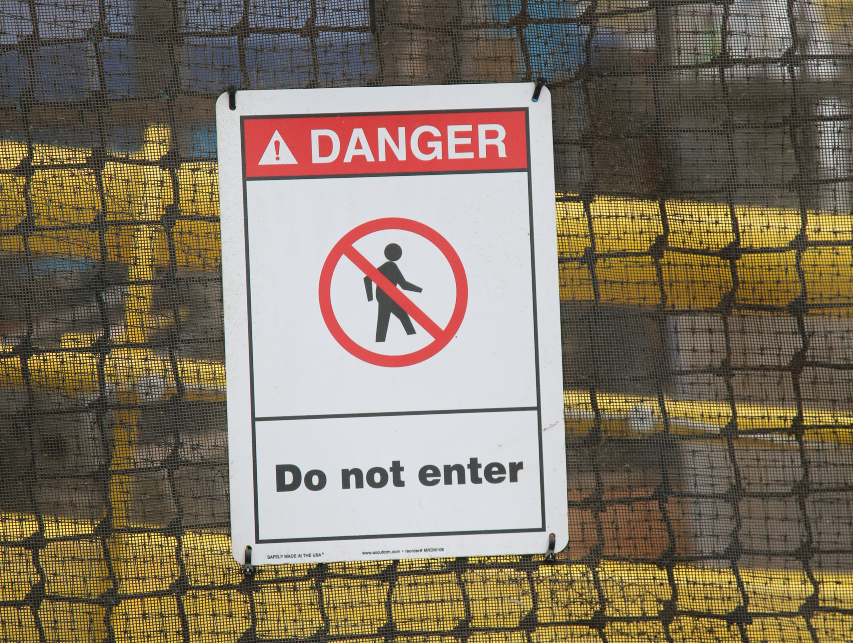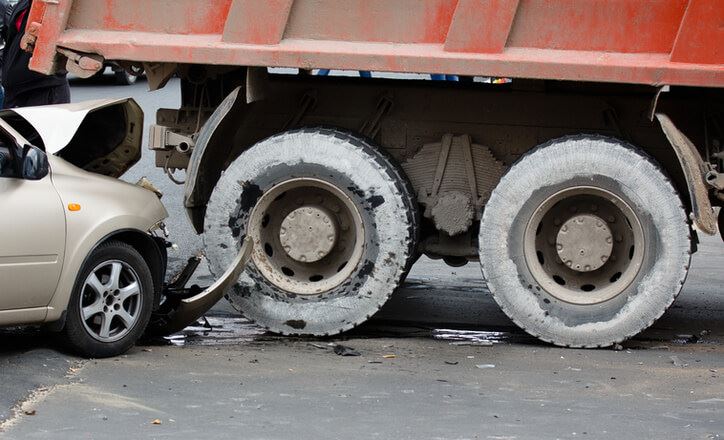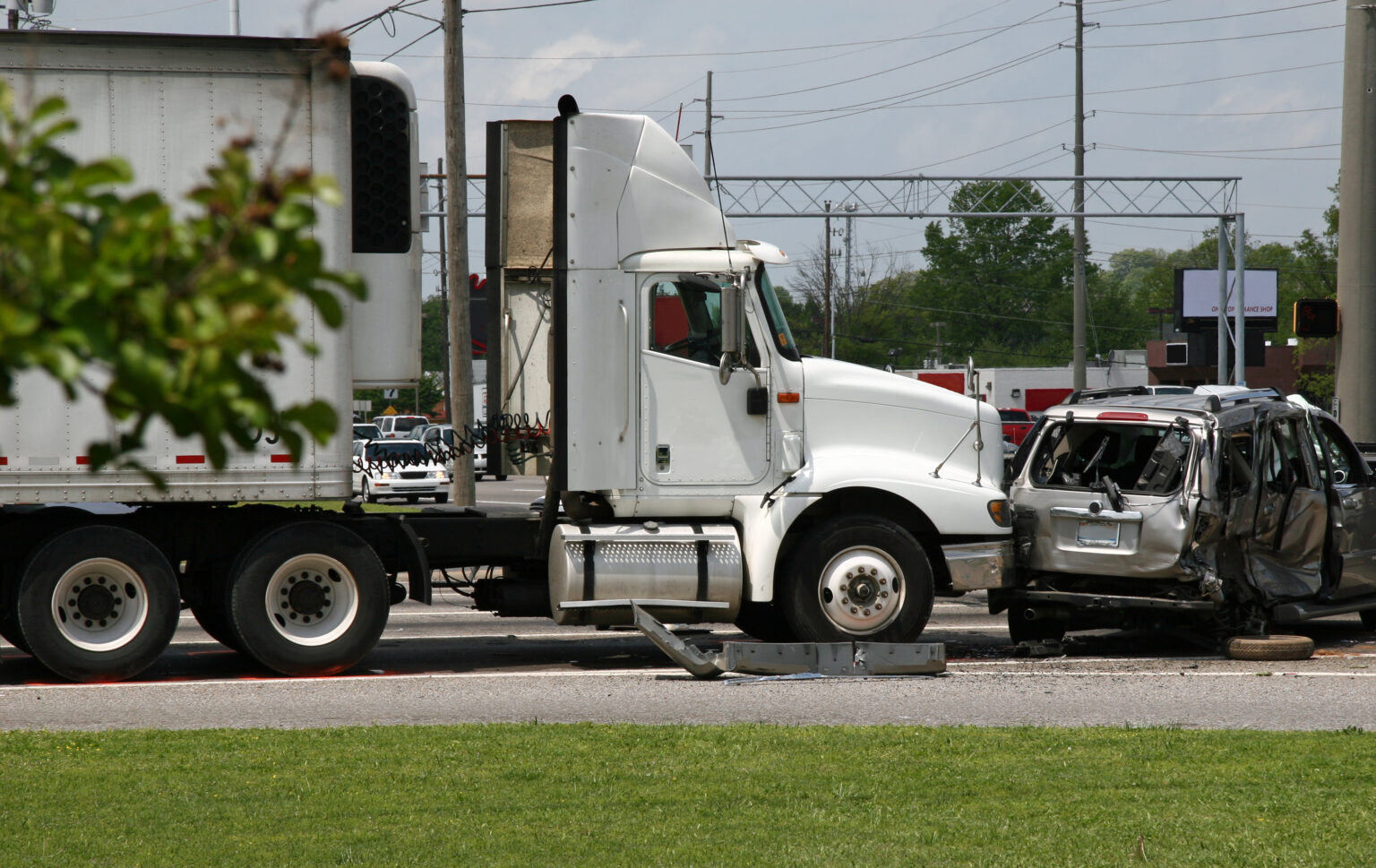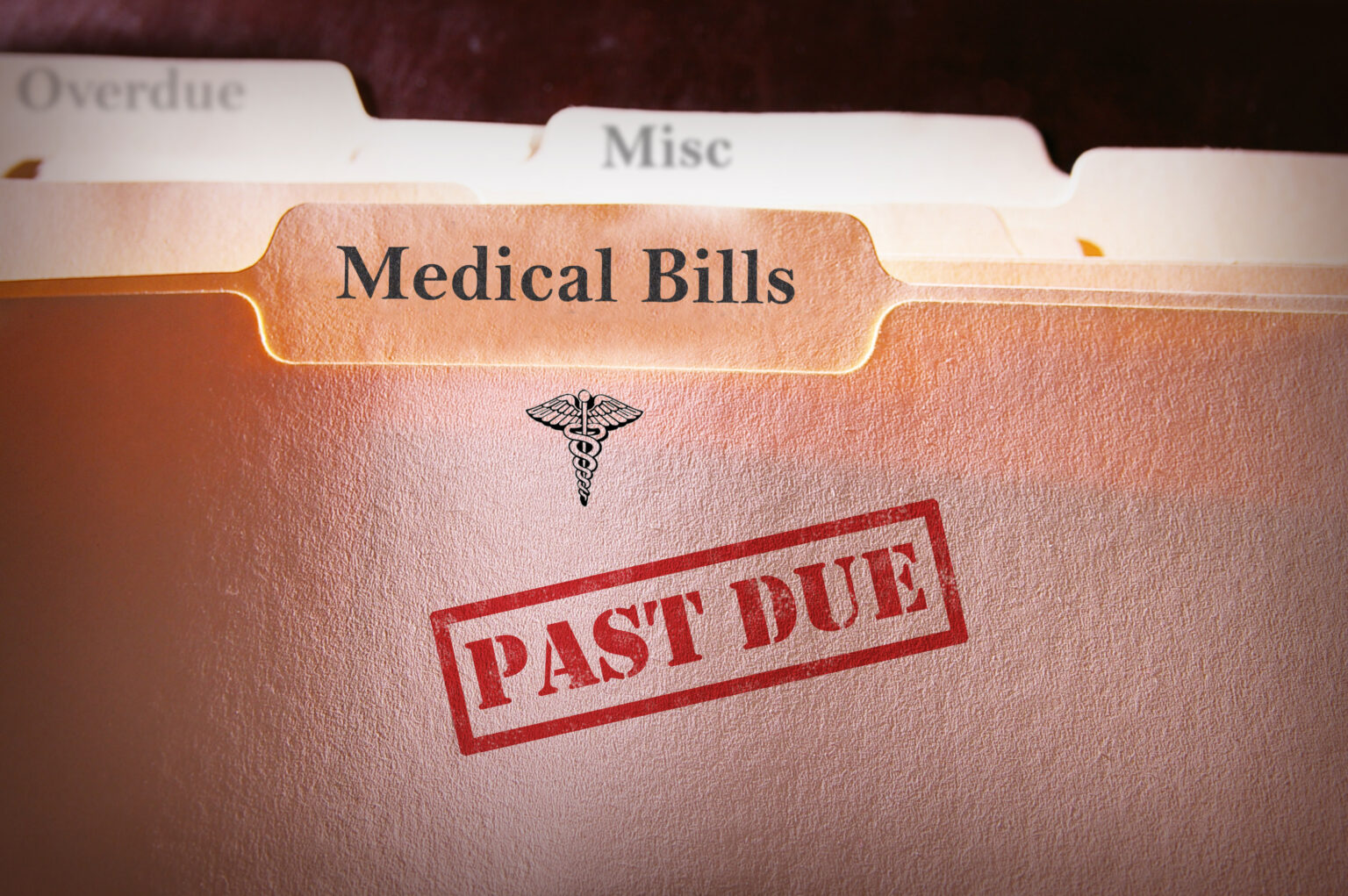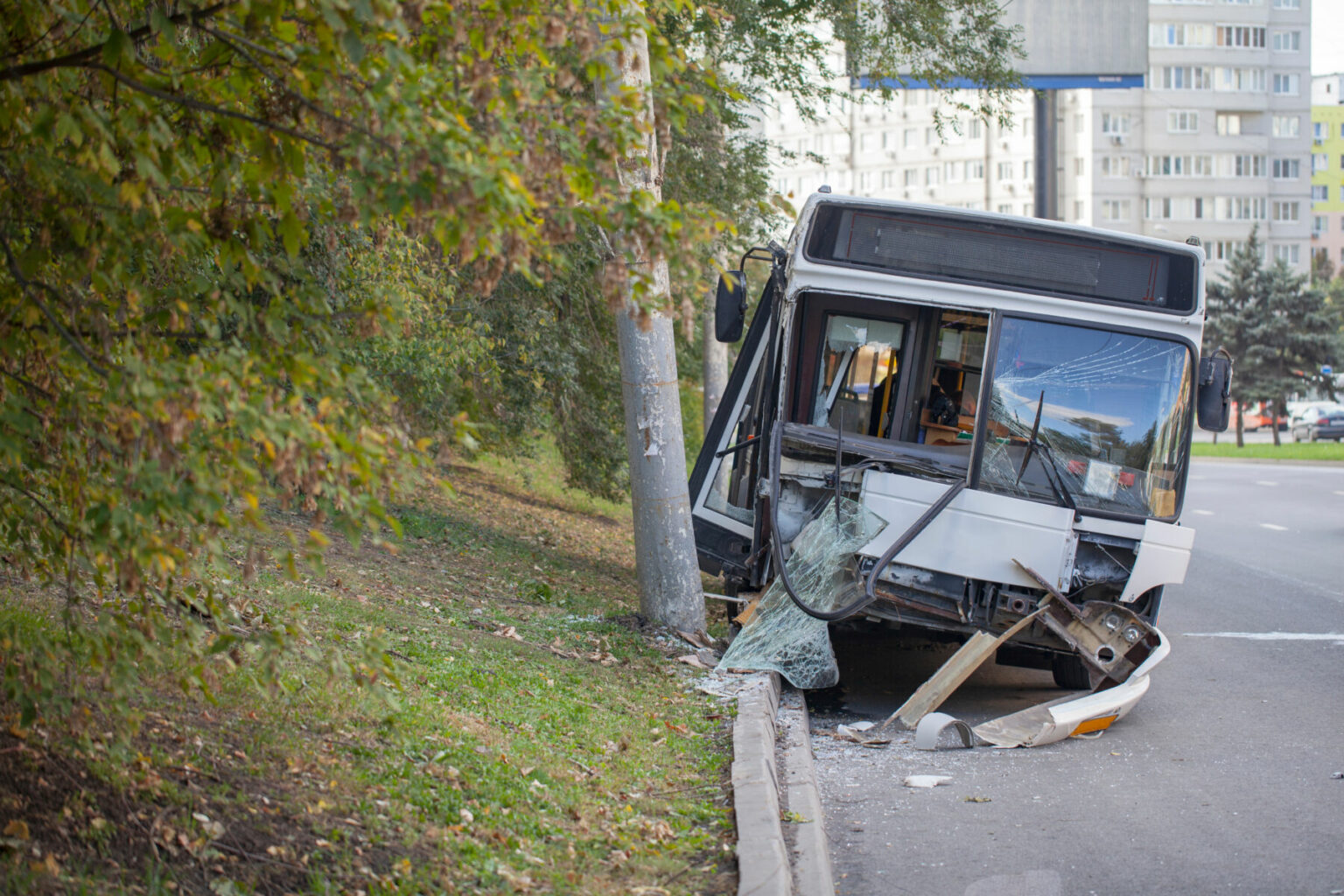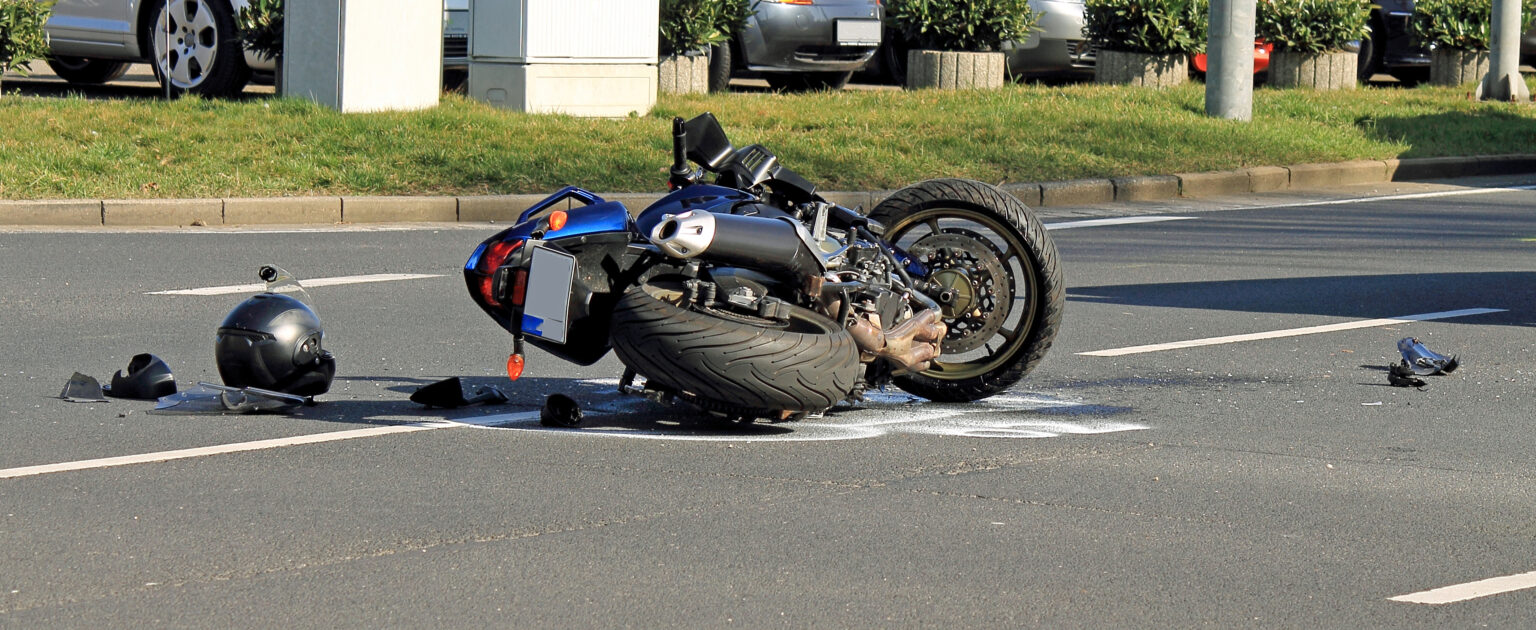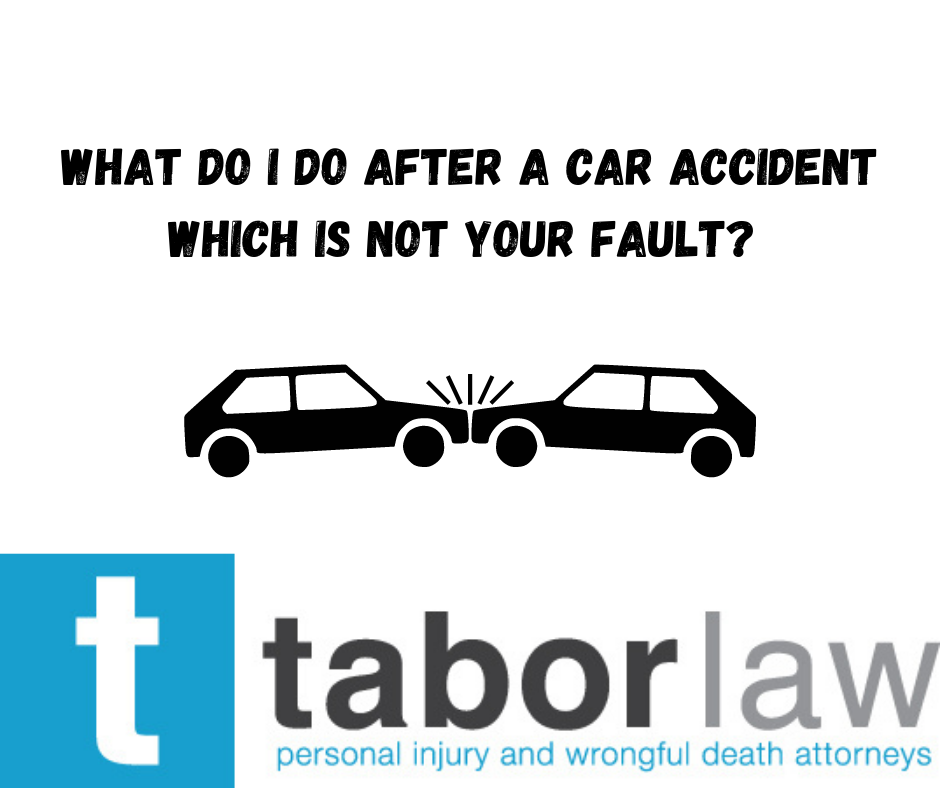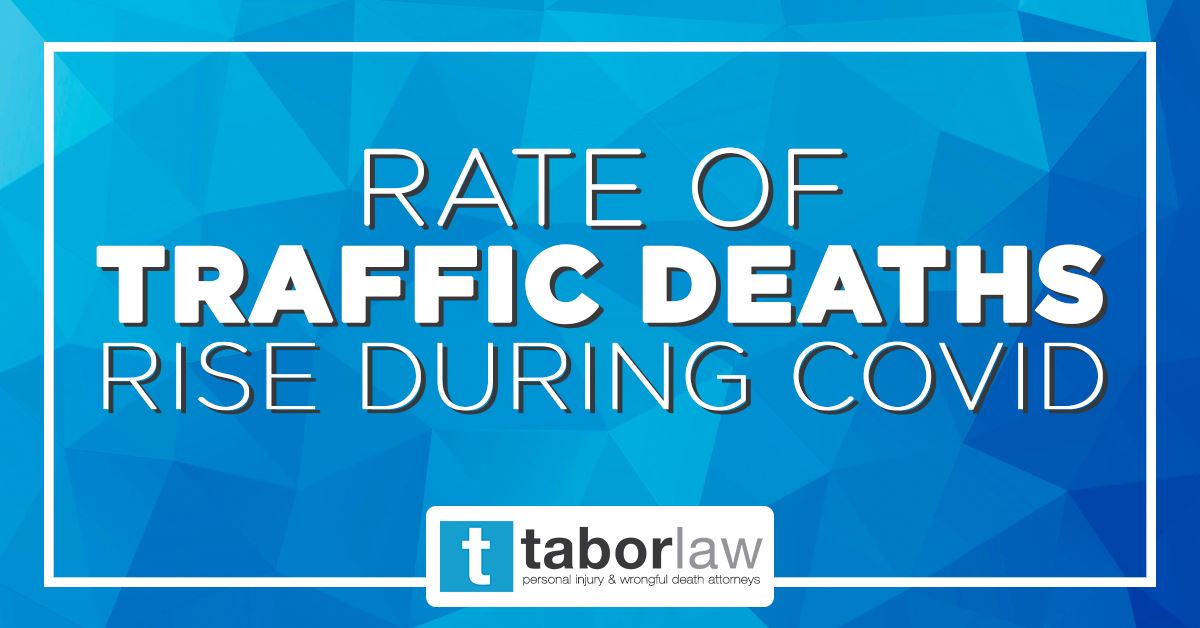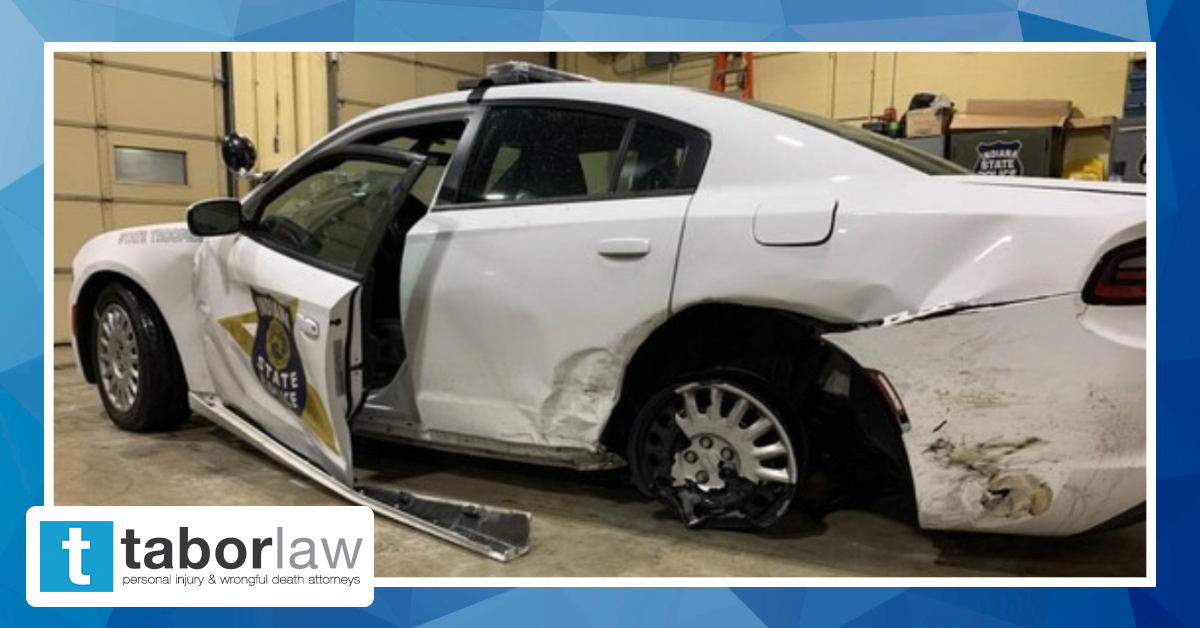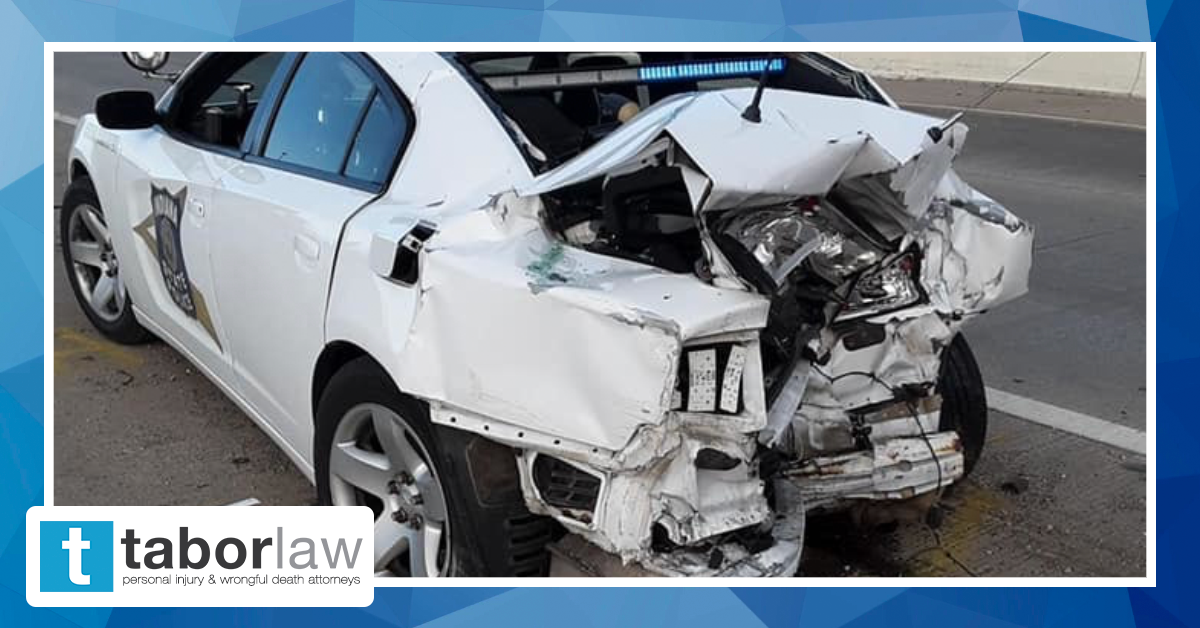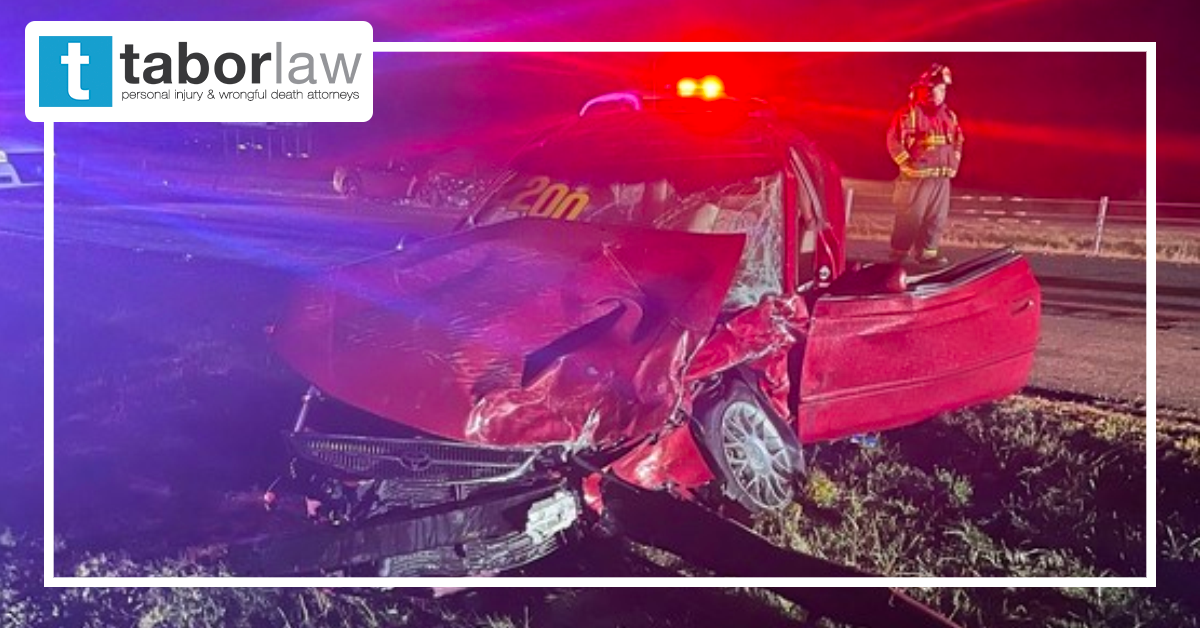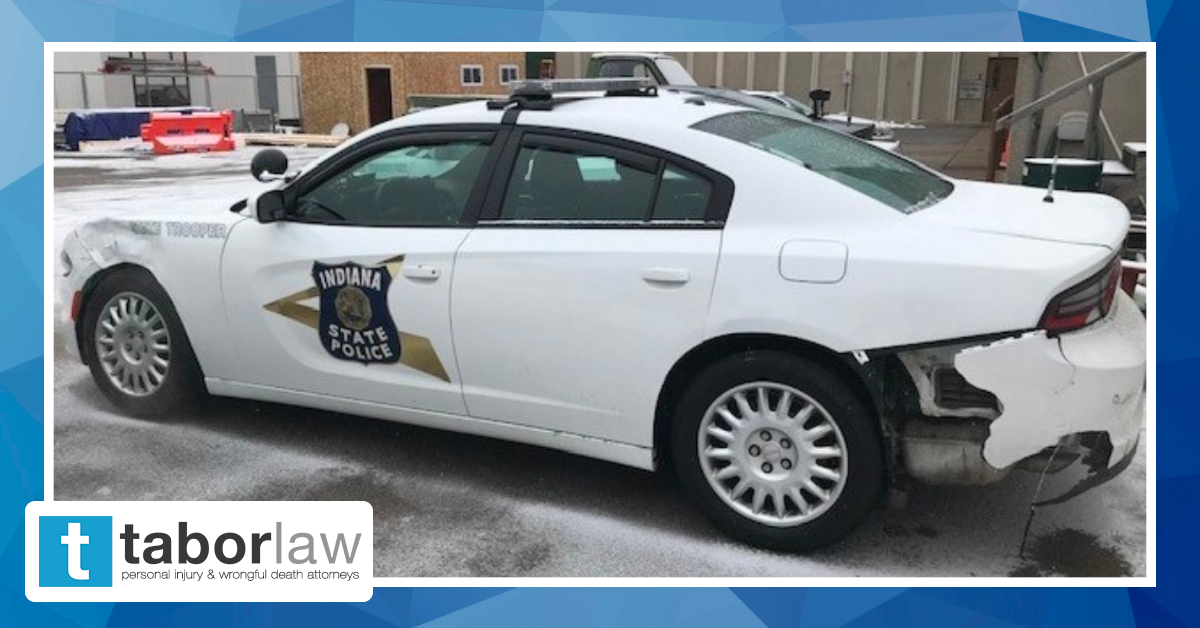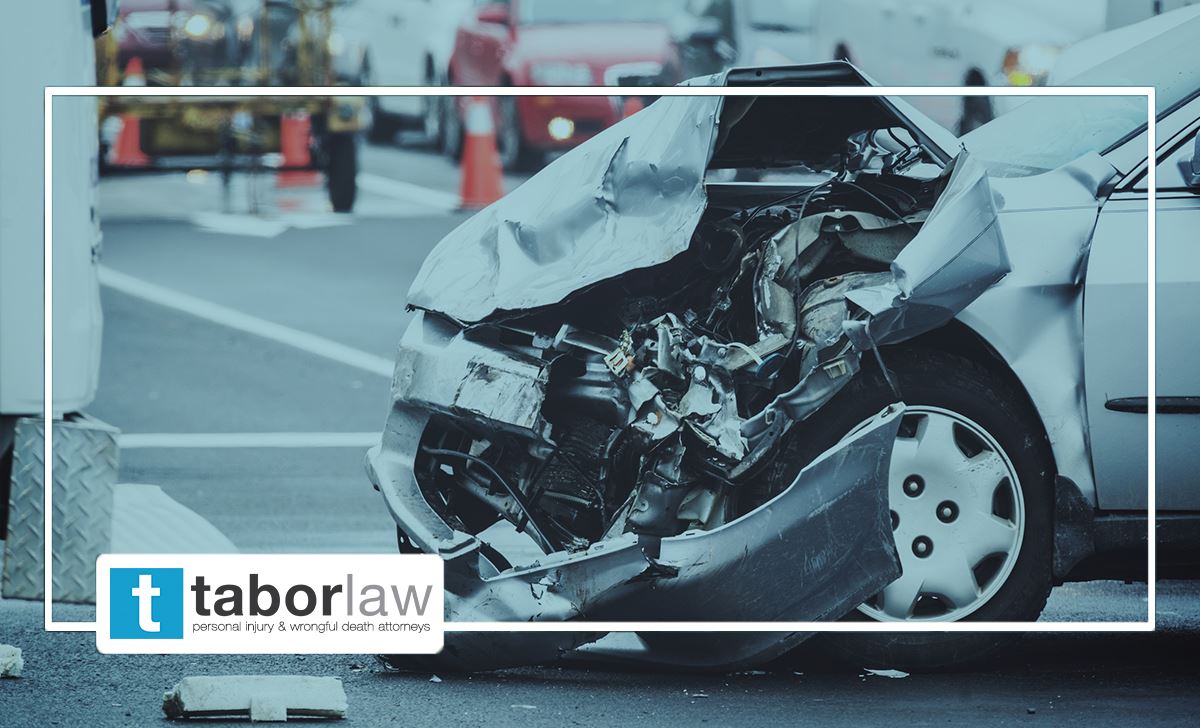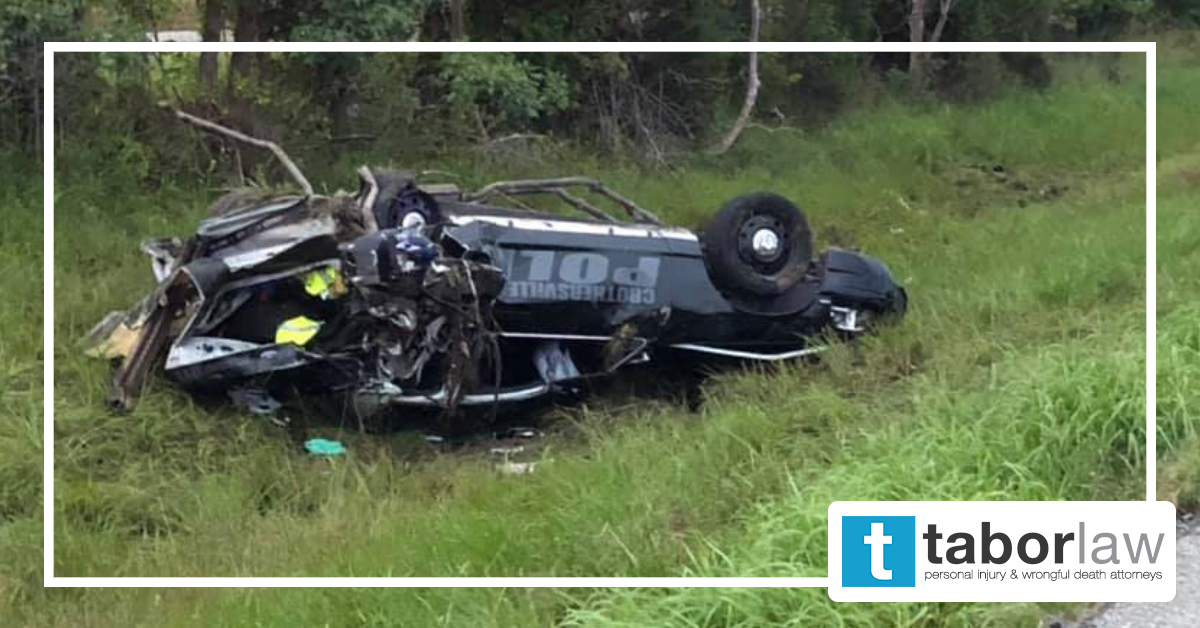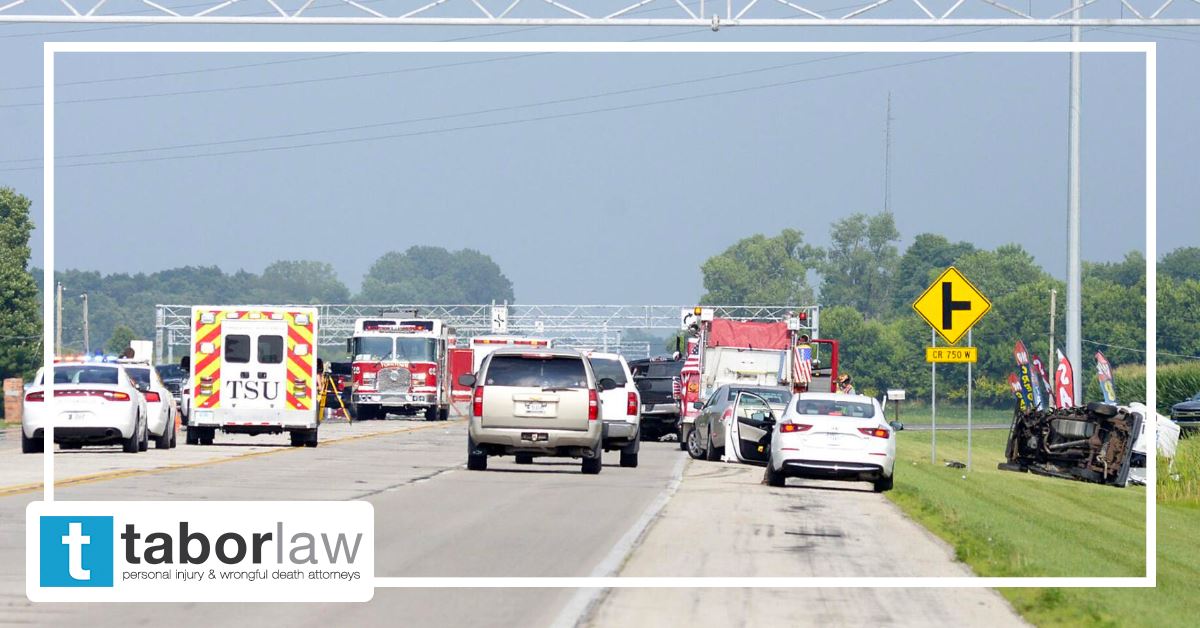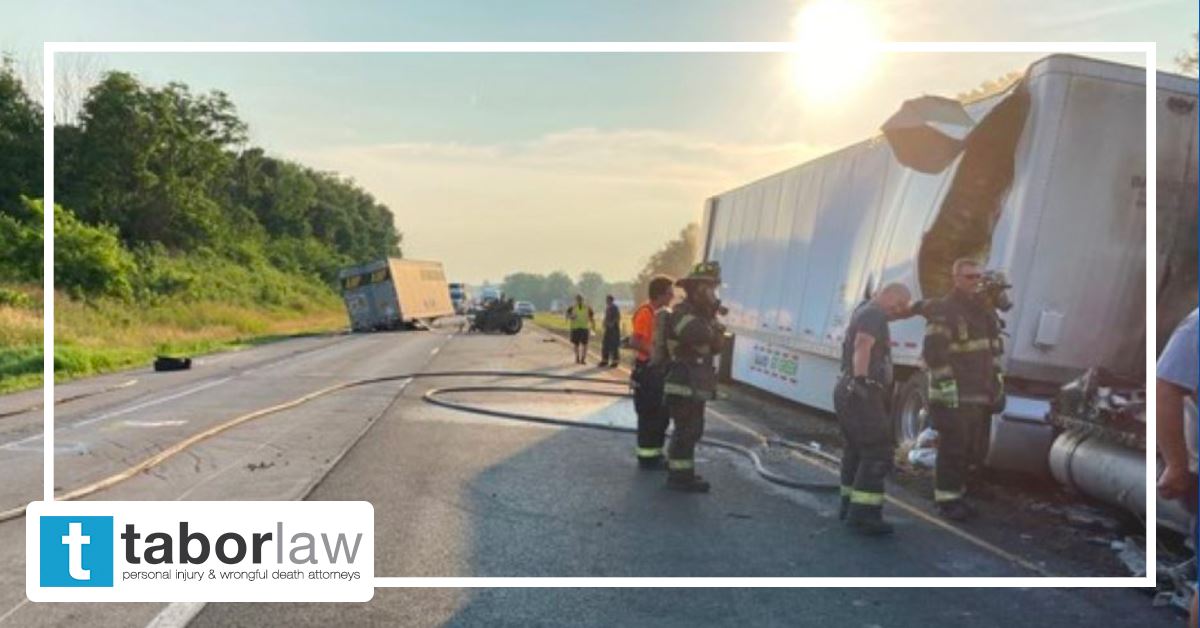
Not all injuries are comparable, and personal injury law recognizes this. The term “catastrophic injury” is reserved for some of the most severe injuries a person can endure. These injuries are life-altering. Anyone who experiences a catastrophic injury due to the negligence of another person may be able to sue them for compensation. The experienced personal injury lawyers at Tabor Law Firm can help.
Defining Catastrophic Injury
Lawmakers in the state of Indiana have provided specifics in Section 35-31.5-2-34.5 of the Indiana code regarding what makes an injury catastrophic. The state considers an injury to be catastrophic if it is severe enough to impair someone’s ability to live independently for at least a year. Injuries that cause blindness, paralysis, deafness, or mental disability are included under this term.
The federal government has a different definition for a catastrophic injury that would be applied to a case being tried at the federal level. They consider an injury to be catastrophic if it permanently prevents someone from becoming gainfully employed.
Common Catastrophic Injuries
Catastrophic injuries leave victims with permanent damage to their bodies and a lifetime of associated consequences. These injuries are most often the result of accidents, many of which are caused by someone’s negligence. Some injuries that are commonly considered catastrophic include:
- Traumatic brain injuries
- Injuries to the spinal cord
- Partial or complete paralysis
- The loss of a limb
- Severely broken bones
- Burns in the 3rd degree
- Injuries to internal organs
- Injuries caused by exposure to toxic chemicals, such as burns and lung issues
Victims of catastrophic injuries may never heal. Many will require years of physical and emotional therapy to overcome their injuries and adjust to their new way of living. These cases often require more diligent and empathetic legal counsel, and Tabor Law Firm can provide that.
What Causes Catastrophic Injury?
Unfortunately, catastrophic injuries can take place in a multitude of ways. Most often, they are the result of an accident caused by someone else’s negligence. Medical providers, people driving vehicles, and companies that manufacture defective products are commonly at fault. Some of the most common causes of catastrophic injuries are:
- Car accidents: Many people who are in car accidents experience catastrophic injuries. They are frequently the result of negligence caused by driving under the influence, driving while distracted, and driving recklessly. Victims can endure traumatic brain injuries, spinal cord injuries, amputations, and more.
- Commercial truck accidents: Commercial truck drivers are often required to work long hours and have little control over truck maintenance, which can result in severe accidents. Commercial trucks are much larger than passenger vehicles, and motorists often suffer catastrophic injuries.
- Malpractice: Medical malpractice is the cause of many catastrophic injuries. These injuries occur most often during surgery and can result in injured organs, paralysis, and foreign objects in the body. Prescribing the wrong medication or the wrong amount of medication can result in strokes or seizures, which can cause brain injuries.
Seeking Justice for Catastrophic Injury Victims
Victims of catastrophic injuries caused by someone else’s negligence can seek justice and compensation through a personal injury lawsuit. These lawsuits are designed to compensate victims for the losses they incurred due to the injury. They can also punish the people responsible by making them pay punitive damages.
Proving Negligence
There are 4 main elements that need to be proven in a personal injury lawsuit. Those elements are as follows:
- Duty of care: The plaintiff must prove that the defendant owed them a duty of care. For example, a duty of care could include providing the plaintiff with quality medical care. It can also be as simple as driving safely.
- The duty was breached: It must also be proven that the defendant breached the duty they owed to the plaintiff. In a car accident case, this element could be satisfied by proving the driver was texting while driving.
- The plaintiff was injured: The plaintiff has to prove they were injured by the incident in question, and that the incident resulted in financial losses for them.
- The breach caused the injury: The injury the plaintiff endured must have been directly caused by the breach of duty for a personal injury case to be successful.
It may seem daunting for someone to have to prove so many different elements when they are already suffering. A personal injury lawyer can help by compiling the correct documents, taking witness accounts, and negotiating on behalf of a client.
The Compensation
The types of compensatory damages a person can seek in a personal injury lawsuit depend on the specifics of their injury and subsequent losses. Also, it’s important to note that there are no upfront costs when making a claim until your case is settled. Some examples of compensatory damages awarded in many personal injury cases include:
- Lost wages: People who experience catastrophic injuries will miss work. Some will not be able to return to work. They can be compensated for the wages they lost due to their injury. That compensation can include estimated future wages if they are permanently unable to work.
- Medical bills: Catastrophic injuries lead to significant medical bills. A successful lawsuit can compensate for such bills, including ambulance costs, hospital stays, prescription medication, and disability aids.
- Pain and suffering: Compensation for pain, serious discomfort, and general physical suffering is common in personal injury cases. This is especially true when a catastrophic injury is involved.
- Emotional distress: Many people who experience catastrophic injuries are compensated for the psychological impact the injury has on them. This compensation is specifically for suffering due to anxiety, post-traumatic stress, and depression caused by the injury.
- Diminished quality of life: A catastrophic injury can cause someone to no longer be able to enjoy exercise, hobbies, and other daily activities. Compensation for this loss is available in catastrophic injury cases.
Can The Injured Ever Be at Fault?
The compensation a catastrophically injured person receives in a personal injury case may be impacted if they played a role in the incident that injured them. This is also true if they failed to act in a timely manner after being injured. The injured party may be partially at fault in the following ways:
- Comparative negligence: The state of Indiana uses the modified comparative negligence theory in personal injury lawsuits. This means that anyone looking to make a personal injury claim has to be less than 51% responsible for the incident they received the injury. They may not be able to file a claim otherwise.
- Failure to act: Compensation may be reduced if a plaintiff did not get medical treatment after they were injured or if they did anything to worsen their injuries. The courts will check whether a plaintiff took the appropriate steps to mitigate the financial losses caused by the incident.
When Must a Case be Filed?
There is a 2-year statute of limitations on personal injury claims in the state of Indiana. A claim must be made within 2 years of the date the plaintiff was injured.
Our Firm Can Help
At Tabor Law Firm, we understand the seriousness of your catastrophic injury claim. If your injury was caused by negligence, you have the right to a fair recovery, and we can help you fight for it. We will work tirelessly to help you receive the maximum amount of compensation you deserve for your specific losses. Reach out to us at (317) 236-9000 or online to schedule a free consultation.





